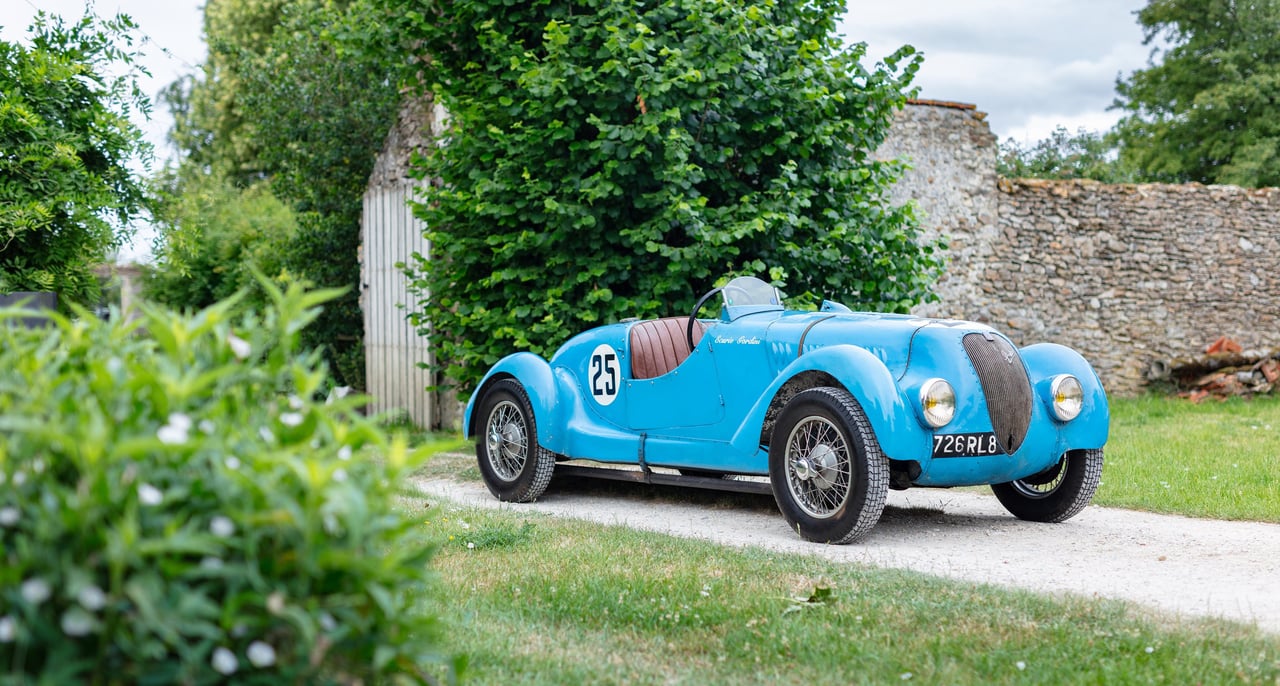

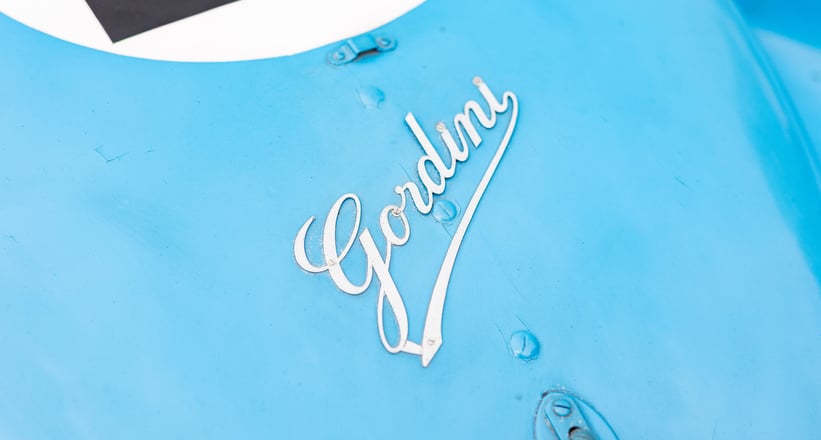
Any young connoisseurs of French performance cars will immediately associate the Gordini name with Renault’s light blue hot hatches and their distinctive white racing stripes. However, not many will know the story of the man that inspired these special machines and how he earned the nickname ‘The Sorcerer’.
Born in 1899, Amédée Gordini was obsessed with motorsport and engineering from his youngest years. At just 11 years old, he was hired by the Fiat subsidiary of Bologna and was taught personally by Edoardo Weber, who revealed all the most closely-held secrets of carburettor adjustment, considered the trickiest element of engine tuning at the time. This experience earned him a job in 1920 at Isotta Fraschini’s engine department, where he worked alongside Alfieri Maserati, and by 1925 he moved to Paris to join the Duval et Cattaneo workshop, the Isotta Fraschini dealer for France.
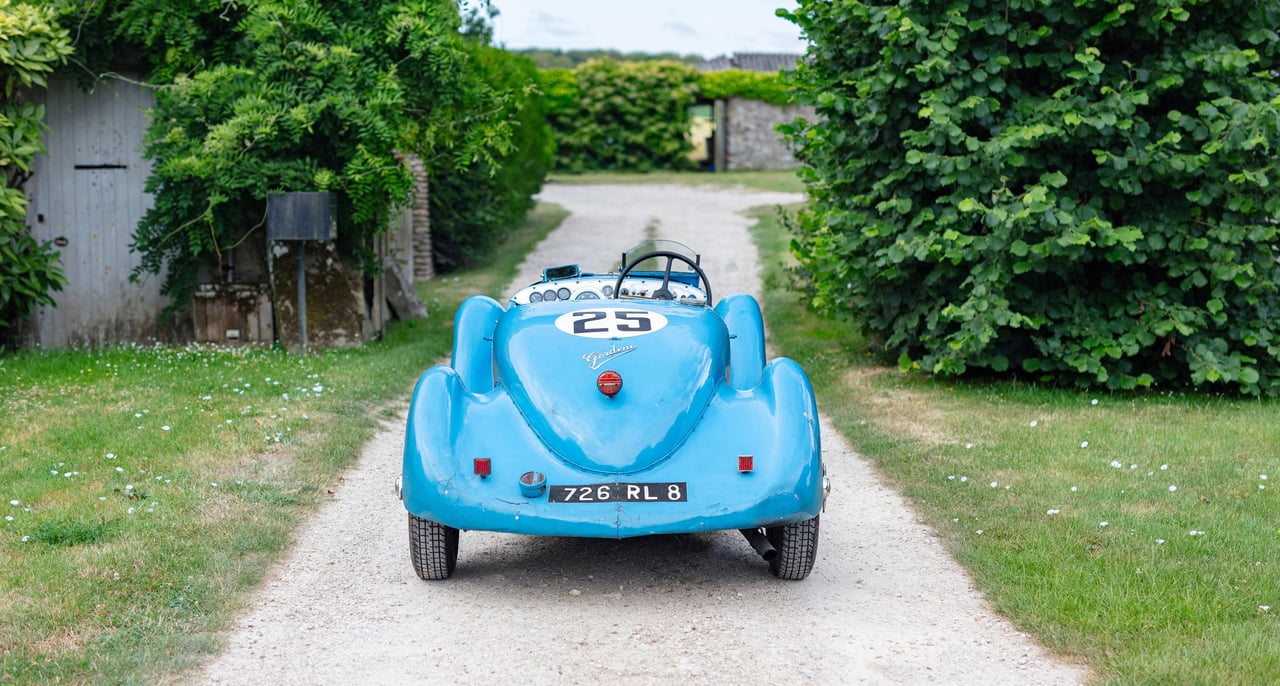
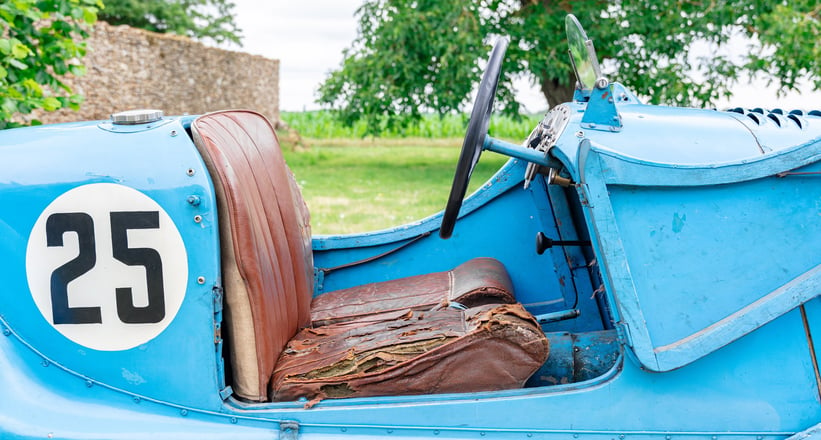

A year later, Gordini opened his own workshop in Suresnes and became a Fiat dealer, developing close ties with SAFAF, which later became Société Industrielle de Mécanique et Carrosserie Automobile (SIMCA) in 1934, when Fiat realised the 6CV’s popularity in France necessitated a dedicated company to organise and centralise production. Familiar with these ‘French Fiats’, Gordini was permitted by Simca to prepare the cars for competition at his own expense, with his only payment coming in the form of prize money.
Gordini’s earliest competitive entries were unusual to say the least, developing a 514 Torpedo to participate in the Course de Côte de Suresnes on Mont Valérien, where a prize was awarded to the slowest car. Gordini won the event in both 1934 and 1935, earning the title of 'King of Slow Drivers’. However, this rather humorous accolade was just the start of Gordini’s legend, and after working on the Simca 5 for a time, Gordini began focusing his efforts on transforming the Fiat 508 C Type 8, which was badged as the Fiat 1100 in Italy and the Simca 8 in France.

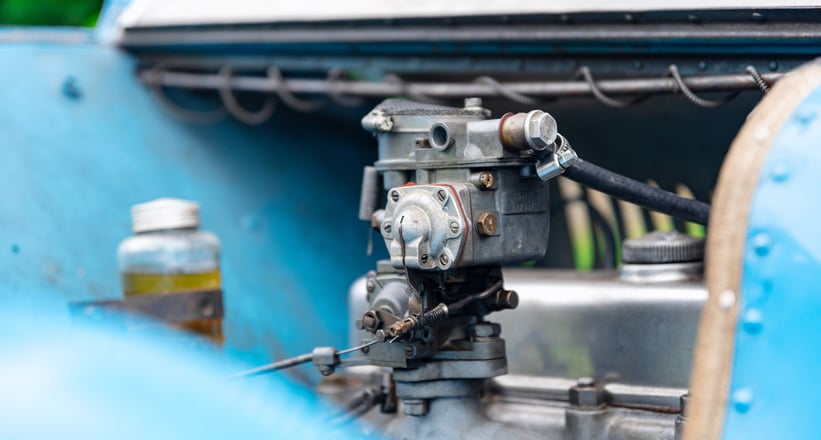

In 1937, Gordini acquired one of the very first Simca 8s ever built, and began working in secrecy to transform it into a true racing machine. However, with the production model only set to be revealed at the Paris Motor Show later that year, Gordini was forbidden from unveiling his creation until Simca had given its approval.
Nevertheless, Gordini got to work dismantling his Simca 8, extensively reinforcing the chassis, strengthening the damping, and replacing the production drum brakes with aluminium units fitted with Rudge hubs and wire-spoke wheels with sheet-metal rims. To improve the weight distribution, the fuel tank was also relocated to the right hand side of the cockpit to counterbalance the driver.


The bodywork saw an equally drastic transformation, with Gordini drawing up an aerodynamic design inspired by his two previous Simca 5s featuring a fully streamlined underside. Gordini hired a sheet metal worker by the name of Gabriel Beausser to bring the design to life, hammering 1 mm aluminium and 0.8 mm duralumin sheet metal into the curvaceous racing car you see here.
Naturally, the engine bay was where Gordini truly worked his magic, planing the cylinder heads, polishing the combustion chambers and ducts, balancing the crankshaft and connecting rods, and lightening the flywheel. It wouldn’t be long before Gordini’s fettled Simcas earned him the nickname ‘The Sorcerer’ from Charles Faroux, boss of the newspaper L’Auto, after their impressive performances at Le Mans.



The car you see here, chassis #823885. is one of only three Simca Gordini 8s ever built. Its first taste of battle came at the Bol d’Or, held in Montlhéry in 1938. Alone in the cockpit for over 24 hours, Gordini won the race by an astonishing lead of 10 laps after covering 2,456 kilometres at an average speed of 102 kph, not only beating everything else in the 1,100cc class, but the 1,500cc sports cars as well.
#823885 would return to competition just two weeks later at the 1938 24 Hours of Le Mans with the number 38 and Jean Breillet and Jean Viale at the wheel. Unfortunately the pair were forced to retire on lap 111 after oil line issues, but #823885 would have one more chance at Le Mans glory the following year.
Guy Lapchin and Claude Plantivaux were at the wheel for what would be the final edition of Le Mans before World War II, piloting #823885 to a 13th overall finish, placing second in class behind none other than Amédée Gordini in the Simca Gordini 8 chassis #810404. It was a fabulous one-two finish ahead of the Morgan 4/4, Singer Nine Le Mans, and other MG PAs and PBs.
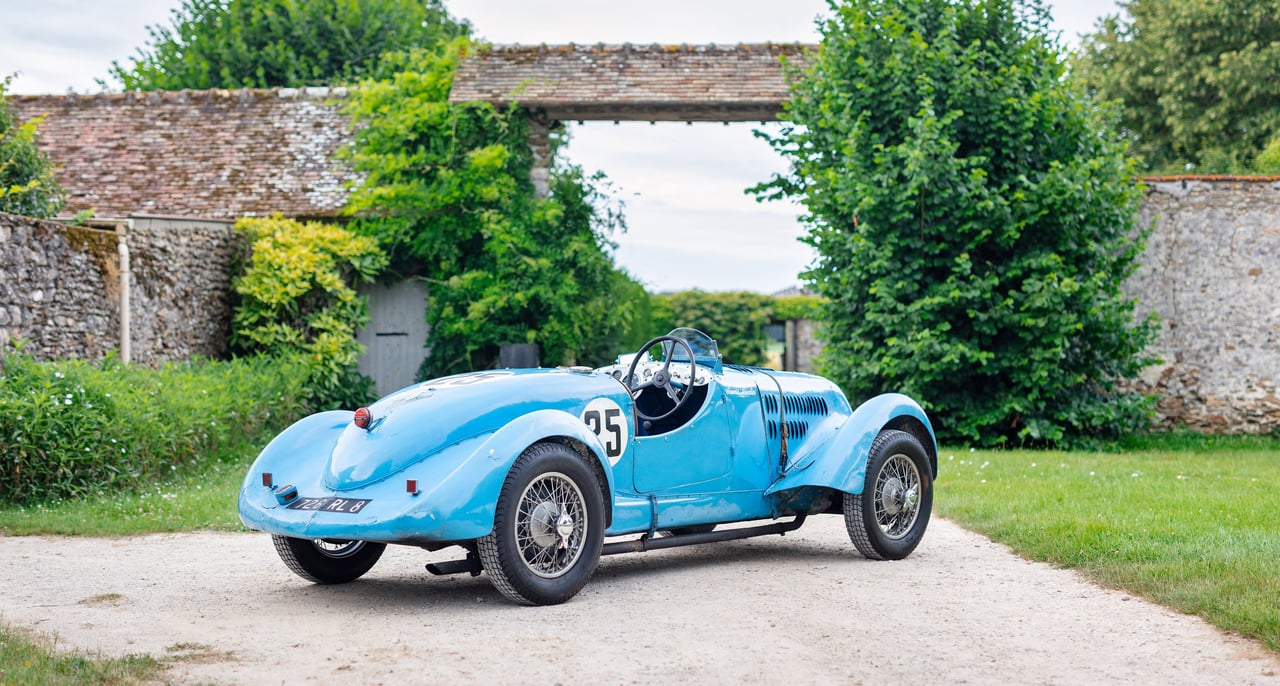


After WWII, this Simca Gordini 8 returned to Grand Prix competition before being converted to right-hand-drive in 1947 by its new owner, Jacques Lapaillerie. Lapaillerie continued to race #823885, entering the Bol d’Or in 1950 before its final outing at the 1953 Grand Prix de Bordeaux, where it secured a respectable fourth place finish.
In 1963, Jacques Lapaillerie sold the Simca Gordini 8 to Christian Chassaing de Borredon, who displayed it in his Bec-Hellouin Museum for over two decades from 1968 onwards. After its time in the Bec-Hellouin Museum, #823885 passed between two owners before the current custodian purchased it in 1999, who has cared for it since. Now after 26 years in the same collection, this race-winning Le Mans veteran is looking for a new home with Ascott Collection. A two-time entrant into Le Mans Classic, and the winner of the FIVA Le Mans Heritage Club award in 2018, this Simca Gordini 8 represents an unmissable opportunity to acquire a fascinating piece of motorsports history, and a highly competitive pre-war Grand Prix racer!




















